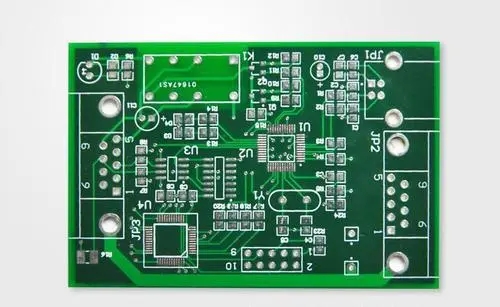Impedance (Zo) definition: The total resistance to alternating current flowing through it at a known frequency is called impedance (Zo). For printed circuit boards, it refers to the total impedance of a certain circuit layer (signal layer) to its closest reference plane under high-frequency signals.

2.1 Impedance type:
(1) Characteristic impedance. In electronic information products such as computers and wireless communications, the energy transmitted in the PCB circuit is a square wave signal (called pulse) composed of voltage and time. The resistance encountered is called the characteristic impedance.
(2) Differential impedance Two identical signal waveforms with opposite polarities are input at the driving end, which are respectively transmitted by two differential lines, and the two differential signals are subtracted at the receiving end. The differential impedance is the impedance Zdiff between the two wires.
(3) Odd Mode Impedance The impedance value of one line to the ground of the two lines is the same as the impedance value of the two lines.
(4) Even mode impedance drive terminal input two same signal waveforms with the same polarity, impedance Zcom when the two wires are connected together.
(5) Common mode impedance the impedance Zoe of one of the two lines to the ground, the impedance value of the two lines is the same, usually larger than the odd mode impedance.
Among them, characteristic and differential are common impedances, and common mode and odd mode are rare.
2.2 Factors affecting impedance:
W---line width/line-to-line line width increases, the impedance decreases, and the distance increases the impedance increases;
H-Insulation thickness increases in thickness and impedance increases;
T-copper thickness copper thickness increases and impedance decreases;
H1-green oil thick the thickness increases and the impedance decreases;
Er-the dielectric constant "reference layer" DK value increases, the impedance decreases;
Undercut-W1-W Undercut increases, the impedance becomes larger.
The above is an introduction to the main types of impedance and influencing factors. Ipcb is also provided to PCB manufacturers and PCB manufacturing technology.